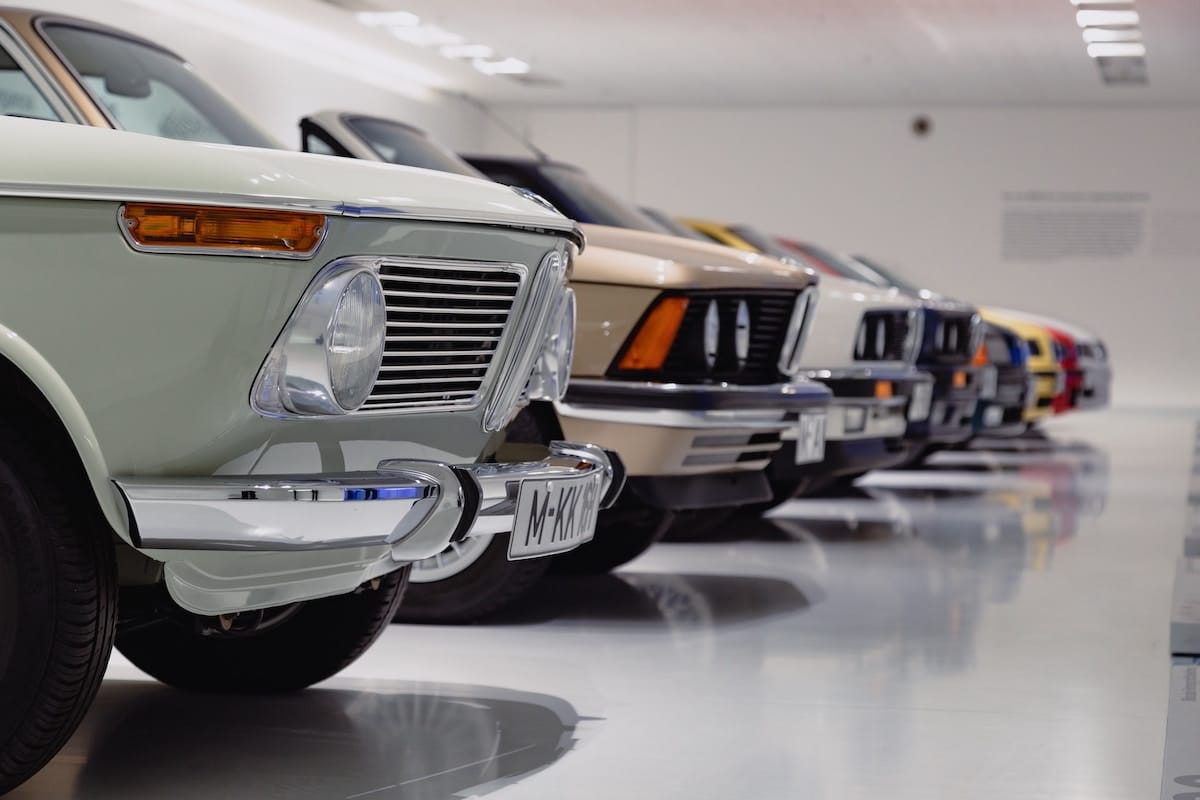Are you in the market for a car? Safety should skyrocket to the top of your agenda. With this comprehensive guide, we will scrutinize models for safety and performance to steer you clear of risky cars. Your safety radar shouldn’t just be about you, but also passengers, pedestrians, and fellow drivers. To ensure you make an informed decision, consider exploring reputable automotive suppliers like Southwest Performance Parts that offer quality car parts and accessories to enhance both safety and performance aspects of your vehicle. By prioritizing safety and selecting reliable components, you can enjoy a smooth and secure driving experience for yourself and those around you.
Navigating Crash Test Ratings and Results
Hunting for a vehicle demands examining crash test ratings by acclaimed organizations like the NHTSA and IIHS. These institutions rigorously put car models through the wringer to gauge their overall safety prowess in different crash situations. Stellar-rated vehicles consistently outperform lower-ranked alternatives. Factoring these ratings into your search is critical when seeking a safe car, especially if you want to avoid specifc car models.
Decoding Active Safety Technology
Cars nowadays boast myriads of cutting-edge active safety features aimed at stopping accidents before they strike. Think lane departure warnings, blind spot monitoring, automatic emergency braking, and adaptive cruise control. Opting for a ride outftted with such advanced technology lessens the odds of collisions signifcantly.
Unraveling Electronic Stability Control’s Importance
A vital cog in vehicular safety is electronic stability control (ESC), crucial for averting skidding and loss of control via targeted wheel-specifc brake application. Stats reveal ESC slashes fatal single-vehicle crashes by 56%. Today’s new cars come equipped with ESC as standard—however, used-car shoppers should double-check older models for this lifesaving tech.
Airbags: More Than Meets The Eye
Airbags are an essential protective barrier during frontal or side impacts infating instantaneously on collision; their cushioning effects diminish injury risks by absorbing impact forces. Models featuring side airbags, curtain airbags, and knee airbags mitigate head injuries, chest injuries, plus lower-limb injuries more effectively. Verify that your preferred car ticks these vital airbag boxes.
Structural Integrity Matters
A vehicle’s architecture carries great weight in occupant safety; certain makes and models offer more resilience than others, resulting in superior crashworthiness during accidents. Keep an eye out for cars featuring reinforced passenger compartments, energy-absorbing bumpers, crumple zones adept at dispersing impact loads, and robust roof structures.
Child Car Seat Compatibility: Essential
For families or those planning to have children, ensuring compatibility with child car seat systems is crucial. Newer cars typically sport built-in features such as the LATCH system to secure child seat installation. Scrutinize LATCH ratings and the ease of ftting child restraints when choosing your next vehicle.
Zooming In On High-Performance Brakes
Reliable braking systems are a linchpin of safe driving by curtailing stopping distances in critical situations. Top-notch brakes help to reduce brake fade even under stressful conditions while sophisticated traction control systems maintain grip on slippery surfaces. Including vehicles with these remarkable features goes a long way toward optimizing safety behind the wheel.
Maintenance—An Ongoing Process
Maintaining your car in tip-top shape translates into safer driving experiences. Regular checks on essential components such as brakes, tires, lights, windshield wipers, and fuids prolong your vehicle’s lifespan while avert mechanical failure-triggered mishaps. Reliable cars still pose hazards if left unchecked over time.
Eco-Friendly Features Spanning Responsible Driving
Embracing eco-friendly rides paves the way for cleaner, greener environments. Greener automotive options like hybrids or electric models reduce emissions and consume less fuel to lessen our carbon footprint while saving money at the pump. Make responsible choices by seeking high fuel efciency ratings or alternative power sources.
Insurance Rates Mirror Safety Footprints
Yes, insurance companies deliberate on safety ratings, theft rates, repair costs—among other factors—when setting premiums. Cars boasting higher safety scores often come with lower insurance fees. Thus, opting for a safer car guards not just physical wellbeing but also your wallet.
Factoring In Real-Life Accident Statistics
Investigating accident statistics of specifc car models can give deeper insights into which car models to avoid. Concerning examples include 2012 Kia Rio and Hyundai Accent which rank amongst the top 10 sports cars with the highest fatal accident rate per billion vehicle miles 6.29 and 5.88 respectively.
Capitalizing On Consumer Reviews & Expert Input
Sift through consumer reviews and expert commentaries for invaluable insights into performance, dependability, and potential safety concerns. Utilizing this information steers you toward safer choices by highlighting any problematic vehicles.
Dangers Lurking Behind Used Cars
Finances may dictate purchasing used vehicles—but it entails risks linked to wear and tear. Beware of older models lacking contemporary safety features or those enveloped in sketchy maintenance histories. Have a seasoned mechanic vet your targeted used car.
Conclusion
To escape risky vehicles, immerse yourself in research—focus on crash test ratings, real-life accident data, safety feature checklists—all while weighing expert opinions alongside consumer reviews. Meticulous investigation won’t lead you astray—leading to the perfect balance between vehicular performance and road-worthy safety. Your investment impacts more than just your life; it’s about safeguarding everyone sharing the roadways with you.
Photo by Alex Suprun on Unsplash


